Untouched Shores, Endangered Species, and the Last Wild Havens of Connecticut
Imagine wandering along Connecticut’s coastline, greeted not by boardwalks or condos, but by endless salt marshes and wind-swept islands alive with hundreds of bird species. In an ever-changing world, these rare, wild spaces are vanishing quickly. Yet nestled across 70 miles of coastal Connecticut, pockets of natural sanctuary remain, where unique birds migrate, turtles nest, and untamed marshes host a drama as old as the tides themselves. For those seeking a close-up with real, living nature—and a deeper understanding of the fragile balance at play—exploring such a place is not just a nice day out, but an essential experience.
Stewart B. McKinney National Wildlife Refuge stands as a testament to preservation over development, carefully defending some of the last undeveloped coastal habitats in the region. Within its boundaries, rare salt marshes, barrier beaches, and even historic lighthouses converge, offering lessons written in both landscape and history. At a time when even seemingly remote natural spaces face threats from urbanization, invasive species, and the unpredictable tides of climate change, understanding places like this refuge—and the complexity behind their ongoing care—can help all of us see the importance of wild habitats, the power of conservation, and the true meaning of stewardship.
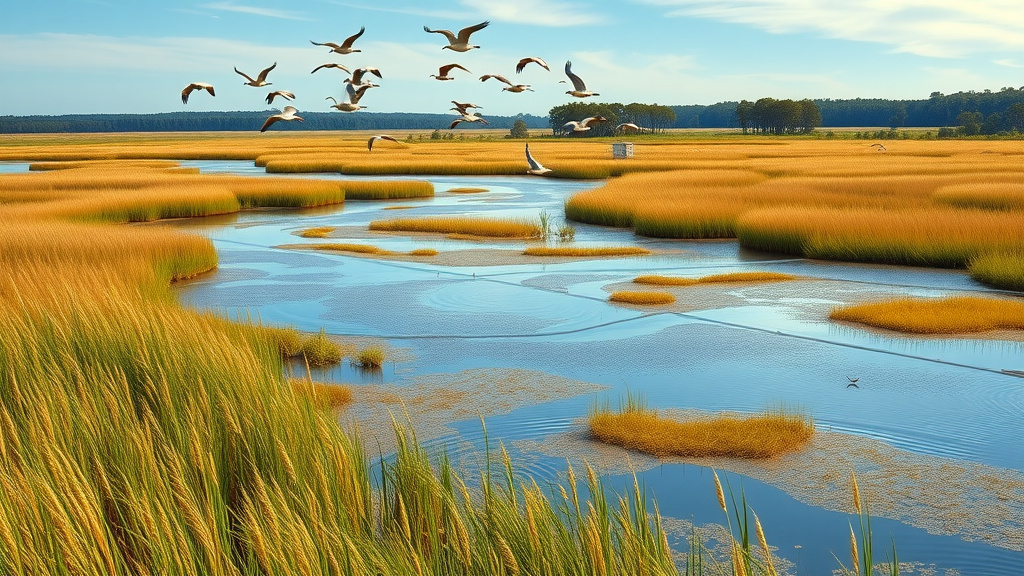
The Secret Life of Wild Refuges: Why Every Acre Counts for Conservation
The Stewart B. McKinney National Wildlife Refuge isn’t just a string of pretty locations; it’s a strategic network safeguarding Connecticut’s living coastline. Established in 1972 and renamed in honor of Congressman Stewart B. McKinney in 1987, the refuge comprises 10 separate units, stretching across more than 70 miles. These habitats are not only scenic—they’re irreplaceable. As development pushes ever closer to shorelines and climate shifts alter tides, the refuge’s forest, barrier beach, tidal marsh, and fragile islands become crucial sanctuaries for wildlife that can exist nowhere else.
The importance of such protected areas comes into sharp focus when considering the delicate balance many species face. For creatures like the endangered roseate tern—over 40 nesting pairs thrive on Falkner Island—or the saltmarsh sparrow, whose numbers have dropped by a staggering 87% since 1998, each acre of undisturbed land acts as a lifeline. Without places to rest, feed, and raise their young, these species risk disappearing altogether. For humans, the loss isn't just biological—it's a loss of heritage, resilience to storms, and the ongoing chance to witness rare migrations that link continents. For the casual hiker or dedicated naturalist, understanding how interconnected these systems are highlights a truth: preserving wild spaces keeps communities healthier, landscapes more beautiful, and the world’s ecosystems in vital balance.
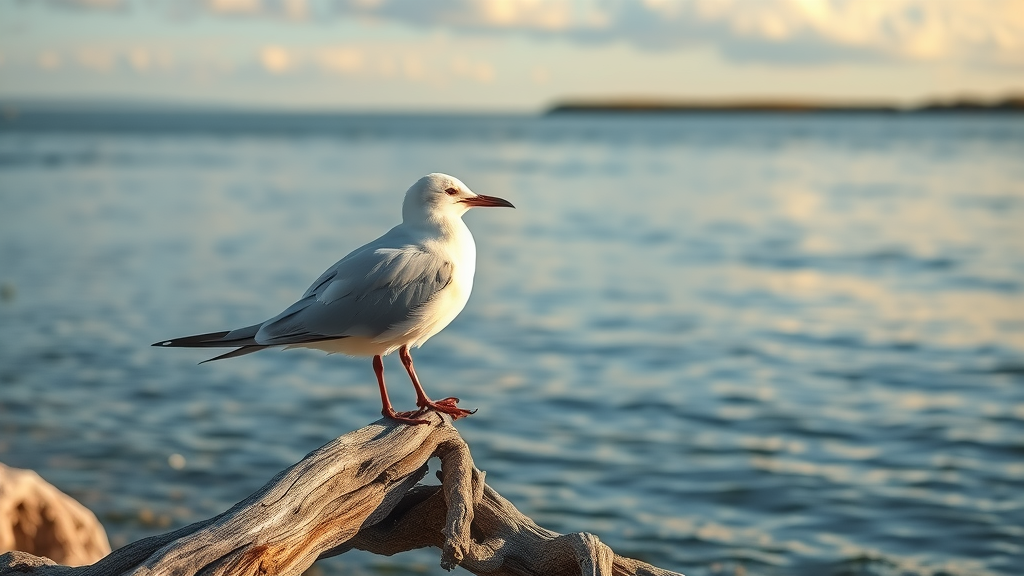
How the Stewart B. McKinney Refuge Keeps Nature—and People—Thriving Along Connecticut’s Coastline
As an actively managed landscape, Stewart B. McKinney National Wildlife Refuge stands out for blending science-based stewardship with visitor accessibility. Ongoing projects such as the massive restoration efforts at the Great Meadows Unit focus on returning the salt marshes to their most natural, resilient state. Here, improving tidal flow has reduced mosquito populations and strengthened habitats for at-risk birds like the saltmarsh sparrow, while also making the area more scenic and enjoyable for birdwatchers, hikers, and even school field trips.
The refuge seamlessly balances the needs of wildlife and those of its human visitors. Aside from essential conservation work, visitors can explore well-marked trails, viewing decks, and interpretive signs that bring the science and history alive. Whether through ranger-led tours, kayaking in the Menunketesuck River, or joining annual bird counts, the refuge transforms a simple outdoor visit into a meaningful connection with living habitats. By keeping such areas open and interwoven with ongoing habitat enhancement and careful monitoring—like invasive plant mapping and water quality testing—Stewart B. McKinney National Wildlife Refuge offers everyone a chance not only to witness nature, but to help protect it.
Salt Marshes, Stone Ruins, and Nesting Terns: Exploring Diverse Habitats and History
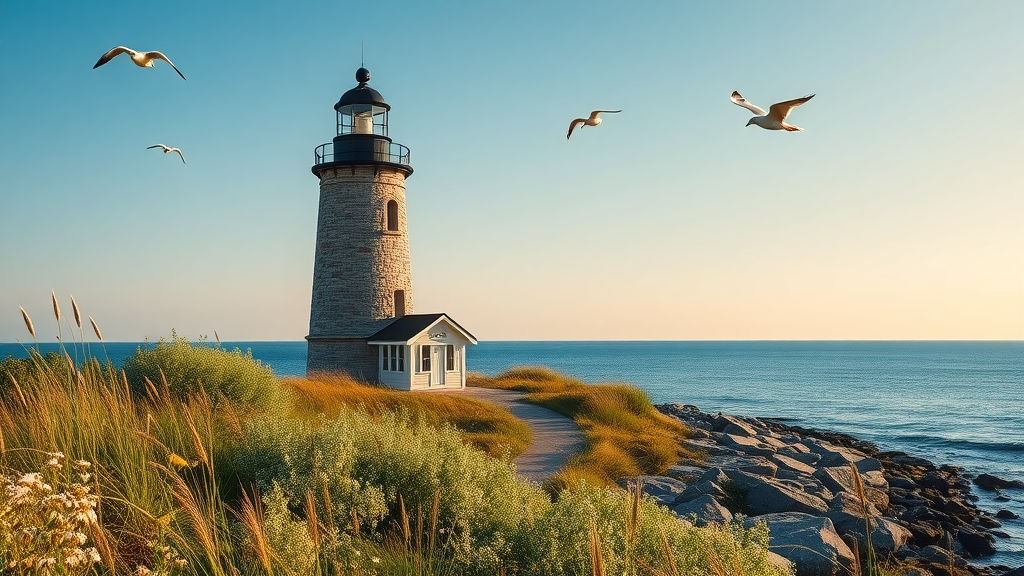
Few places offer the mosaic of experiences found within the Stewart B. McKinney National Wildlife Refuge. Each unit is a patchwork of distinct habitats and stories. Salt marshes like those at Great Meadows provide rare environments where freshwater and saltwater mingle, nurturing a web of life especially critical for birds such as the American oystercatcher and piping plover. For those hiking the Salt Meadow Unit in Westbrook, well-maintained trails wind through scenery dotted with historic stone buildings and viewing decks, where visitors might spot over 280 species of migratory birds—a true spectacle during spring and fall migrations.
The Falkner Island Unit stands out for its historic lighthouse and an astonishing colony of endangered roseate and common terns. Meanwhile, Sheffield Island offers summer ferry access to a preserved 1868 lighthouse, blending educational tours with panoramic views of the Long Island Sound. Even for the casual explorer, layers of American coastal history—like the Lape-Read and Enoch Murdock houses—can be discovered alongside rare wildflowers, busy songbirds, and sweeping water vistas. This fusion of ecological and cultural heritage means every visit opens a doorway into Connecticut’s past, present, and future.
Adapting to Challenges: Innovative Conservation in a Changing Landscape
Nature never stands still, and neither do the custodians of Stewart B. McKinney National Wildlife Refuge. The ongoing adaptive management projects—like the recent enhancement at Great Meadows, where connecting a saline pond to natural tidal channels improves both water quality and habitat health—demonstrate an evolving approach. When unexpected challenges arise, such as elevated salinity from storm-driven flooding or outbreaks of waterfowl disease, refuge staff and partners respond with science, collaboration, and flexibility.
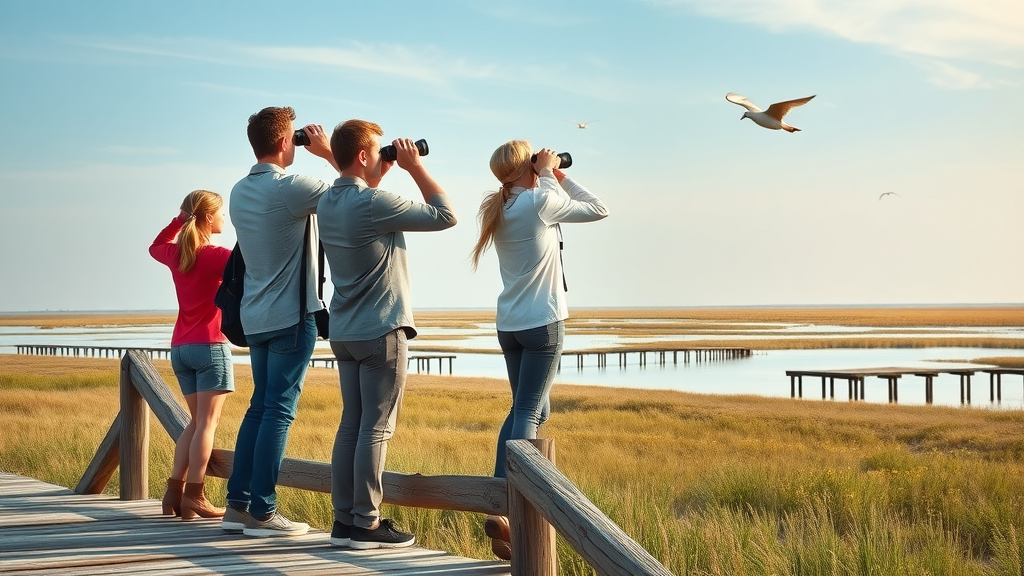
Such projects are not only about wildlife: reducing invasive species, preventing vector-borne diseases, and preparing for sea level rise all benefit the broader community. Public participation and transparent communication are central, with refuge managers inviting feedback and comments during the planning phases. Nearly every project, from bee monitoring to restoration of tidal flow, is carried out with both local input and partnership among agencies such as the U.S. Fish and Wildlife Service, NOAA, and local conservation groups. These efforts ensure management stays current with both ecological needs and the evolving expectations of the people who cherish these wild places.
Visitor Experiences: What to Know Before Exploring the Refuge
For those planning a visit, Stewart B. McKinney National Wildlife Refuge offers an accessible and family-friendly natural adventure. It’s important, however, to come prepared. Sturdy walking shoes and weather-appropriate clothing are recommended, as marshlands and coastal environments can mean unexpected mud, ticks, or mosquitoes—especially in summer. Long pants and insect repellent are practical choices to ensure a comfortable experience on the well-marked trails.
Visitors are asked to remain on established trails and observation platforms to protect sensitive habitats and minimize disturbance to wildlife. While pets (except service dogs) are not allowed, people of all ages can join ranger- and volunteer-led tours, especially during warm weather, to amplify their connection to the environment. Educational programs and easy-to-download hunting permits open new avenues for exploring the landscape responsibly. Whether seeking a quiet day of birdwatching, hoping to learn more about Connecticut’s ecosystems, or simply looking for picnic-perfect views, the refuge welcomes all and provides necessary resources to make every visit safe, enjoyable, and respectful of its irreplaceable wild character.
Stewart B. McKinney: Conservation as a Living Legacy for Connecticut’s Coast
Stewart B. McKinney National Wildlife Refuge takes its mission beyond land and water, using adaptive management to restore, protect, and showcase Connecticut’s rarest habitats. The refuge’s philosophy is one of careful balance—preserving space for at-risk species while allowing people to connect meaningfully with nature. Strategic projects, like tidal restoration at Great Meadows, not only aid struggling bird populations such as the saltmarsh sparrow but also improve the overall experience for visitors, making wildlife sightings and healthy ecosystems more accessible.
Stewardship here is science-driven and community-oriented. The refuge supports ongoing research, including tern monitoring and long-term bee surveys, to inform management decisions. Collaboration with partners—NOAA, state agencies, local towns, and national conservation groups—ensures resources and expertise are pooled for the best ecological outcomes. Every improvement, from invasive plant mapping to shoreline restoration, is designed not only to safeguard the present but also to ensure future generations experience the same wild beauty. Steward B. McKinney National Wildlife Refuge exemplifies how public lands can serve both wildlife and people, offering a model for conservation that is adaptable, participatory, and rooted in a long-term vision for Connecticut’s natural treasures.
Firsthand Impressions: Real Experiences from Those Who Visit
Many people are initially drawn to Stewart B. McKinney National Wildlife Refuge for its natural beauty, but find themselves returning for the sense of wonder it inspires. The well-marked trails, abundant vantage points, and diverse mix of wildlife and historical features turn a simple walk into a memorable experience. The following perspective from a recent visitor highlights this perfectly:
Well marked and cared for hiking trails. Plenty of points of interest including several stone buildings (at the beginning for those not up for a hike), 2 viewing decks, historic ruins, and lots of water views. About a 1.5 mile hike if you do the full loop. Also has a nice lawn at the beginning - seems like a great picnic spot!
With so many unique natural and historical stops to explore, it’s no surprise that visitors continue to find new reasons to return, whether for a picnic, to spot migrating birds, or simply to enjoy a peaceful loop around the marsh. For anyone looking to reconnect with nature or create new memories in an authentic coastal setting, Stewart B. McKinney National Wildlife Refuge offers lasting rewards.
What the Stewart B. McKinney National Wildlife Refuge Means for the Future of Conservation
In a world where wild spaces grow scarcer by the year, the Stewart B. McKinney National Wildlife Refuge stands as a living reminder of what careful stewardship can achieve. Its salt marshes, historic islands, and thoughtfully managed habitats ensure not only the survival of endangered species and the health of coastal ecosystems, but also provide meaningful ways for people to connect with nature. Through ongoing projects, educational programs, and efforts to adapt to challenges like climate change and invasive species, the refuge has earned a reputation as a leader in both wildland management and visitor engagement.
For those who care about the future of wildlife, healthy shorelines, and the chance to experience true natural beauty on Connecticut’s coast, the Stewart B. McKinney National Wildlife Refuge is more than a collection of scenic walks—it’s an essential thread in the fabric of conservation, setting a standard for what protected public lands can be.
Contact the Experts at Stewart B. McKinney National Wildlife Refuge - Salt Meadow Unit
If you’d like to learn more about how the Stewart B. McKinney National Wildlife Refuge could benefit your appreciation of Connecticut’s natural beauty, contact the dedicated team at:
📍 Address: 733 Old Clinton Rd, Westbrook, CT 06498, USA
📞 Phone: +1 860-399-2513
🌐 Website: https://www.fws.gov/refuge/stewart_b_mckinney/
Stewart B. McKinney National Wildlife Refuge - Salt Meadow Unit Location and Hours
733 Old Clinton Rd, Westbrook, CT 06498, USA
🕒 Hours of Operation:
📅 Monday: 7:00 AM – 7:30 PM
📅 Tuesday: 7:00 AM – 7:30 PM
📅 Wednesday: 7:00 AM – 7:30 PM
📅 Thursday: 7:00 AM – 7:30 PM
📅 Friday: 7:00 AM – 7:30 PM
📅 Saturday: 7:00 AM – 7:30 PM
📅 Sunday: 7:00 AM – 7:30 PM
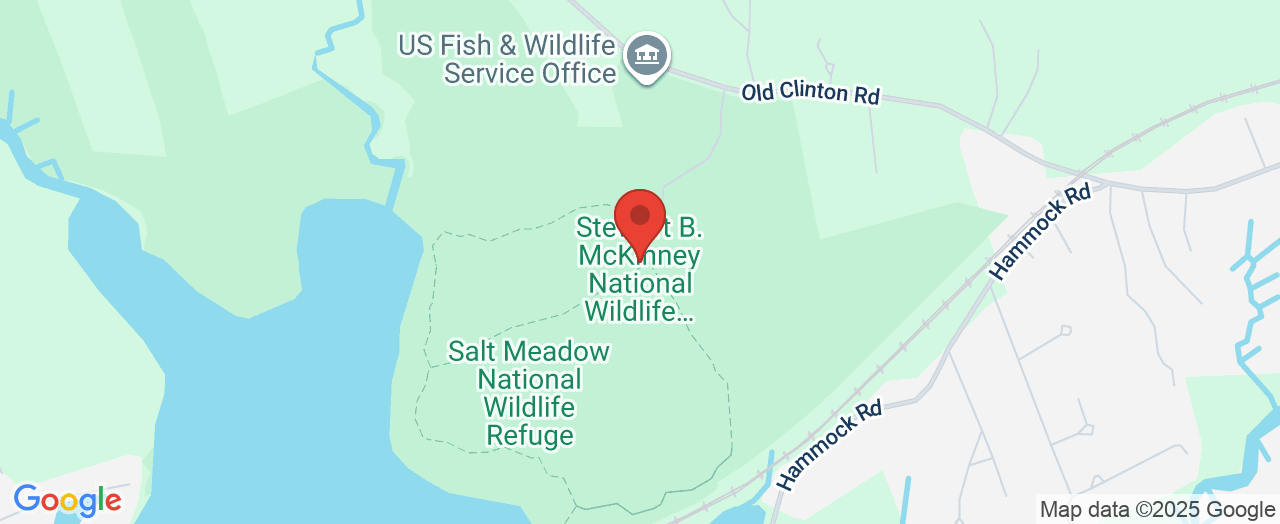
 Add Row
Add Row  Add
Add 





Write A Comment